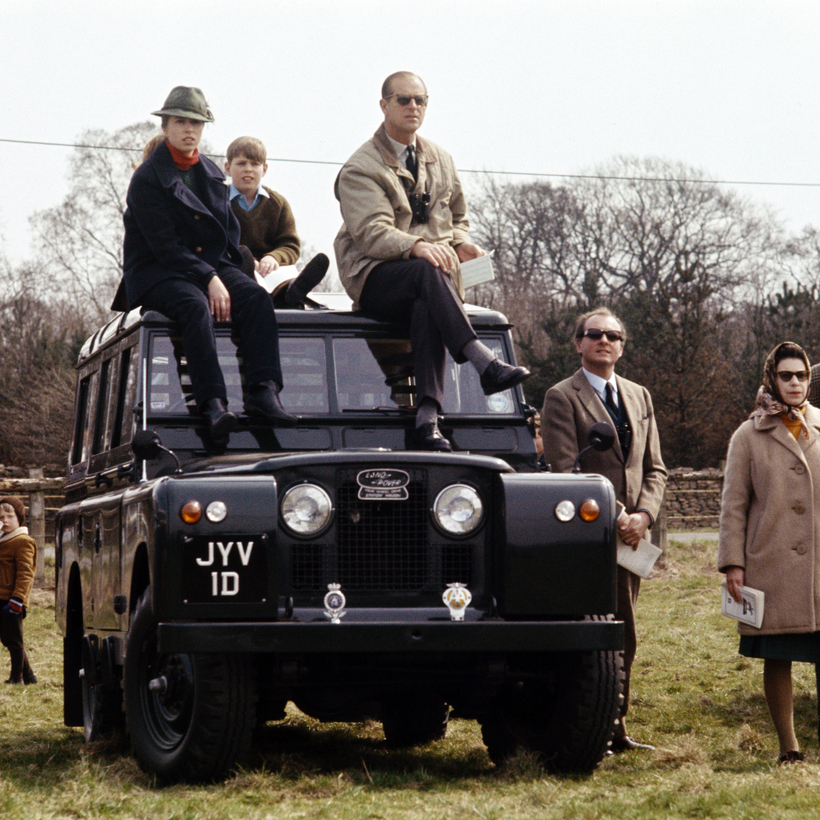The Duke of Edinburgh oversaw every detail of his custom-built Land Rover hearse. Today, 18 years after his project began, it will take him to his final resting place in St George’s Chapel in Windsor.
Prince Philip’s modified Land Rover Defender TD5 130 chassis cab vehicle was unveiled on Thursday.
The duke, who died aged 99 on April 9, began working on the plan to create his bespoke hearse in collaboration with Land Rover in 2003, the year he turned 82. Driven by a passion for functional design and engineering, he was still making modifications as recently as 2019.
Sturdy and resilient, not unlike the duke himself, the vehicle stands as a showcase for his practical nature. It was made at Land Rover’s factory in Solihull in 2003 and Philip oversaw the construction and changes throughout the intervening years.
The duke, who served with distinction in the Second World War and held special associations with all the armed forces, requested that the original Belize green bodywork be switched to dark bronze green, a color used for many military Land Rovers.

He also designed the open-top rear section where his coffin will rest, made to his exact specifications, including the rubber grips on silver metal pins known as the “stops” or “stoppers” which perform the crucial task of preventing the coffin from moving.
Details on the vehicle include matching green hubs, a black front grille, a single cab and no registration plates.
Sturdy and resilient, not unlike the duke himself, the vehicle stands as a showcase for his practical nature.
The Land Rover will ferry Philip’s coffin in a slow procession from the state entrance of Windsor Castle through the grounds to the west steps of St George’s Chapel, followed by the Prince of Wales and other members of the royal family on foot.

Land Rover has maintained the vehicle since it was built and has prepared it for the funeral in collaboration with the royal household.
Thierry Bolloré, the chief executive of Jaguar Land Rover, hailed Philip’s “impressive knowledge and deep interest in vehicle design, engineering and manufacturing”.
The duke used Land Rovers throughout his adult life and granted his royal warrant to the brand more than 40 years ago. He visited Jaguar Land Rover’s manufacturing facilities on numerous occasions and accompanied the Queen when she opened the firm’s engine manufacturing center in Wolverhampton in 2014.

The Land Rover’s original role would have been to transport the duke 22 miles from Wellington Arch in central London to Windsor, but the pandemic curtailed the plans for military parades. It will be flanked by pallbearers reflecting the duke’s special relationships with the military, the Royal Marines, regiments, corps and air stations.
Palace officials have told how the duke’s interest in design sparked his desire to make the Land Rover and include it in his funeral plans, code-named Operation Forth Bridge. Two Land Rovers were made for “belt and braces” in case a backup was needed.
Valentine Low is a writer and royal correspondent for The Times of London

